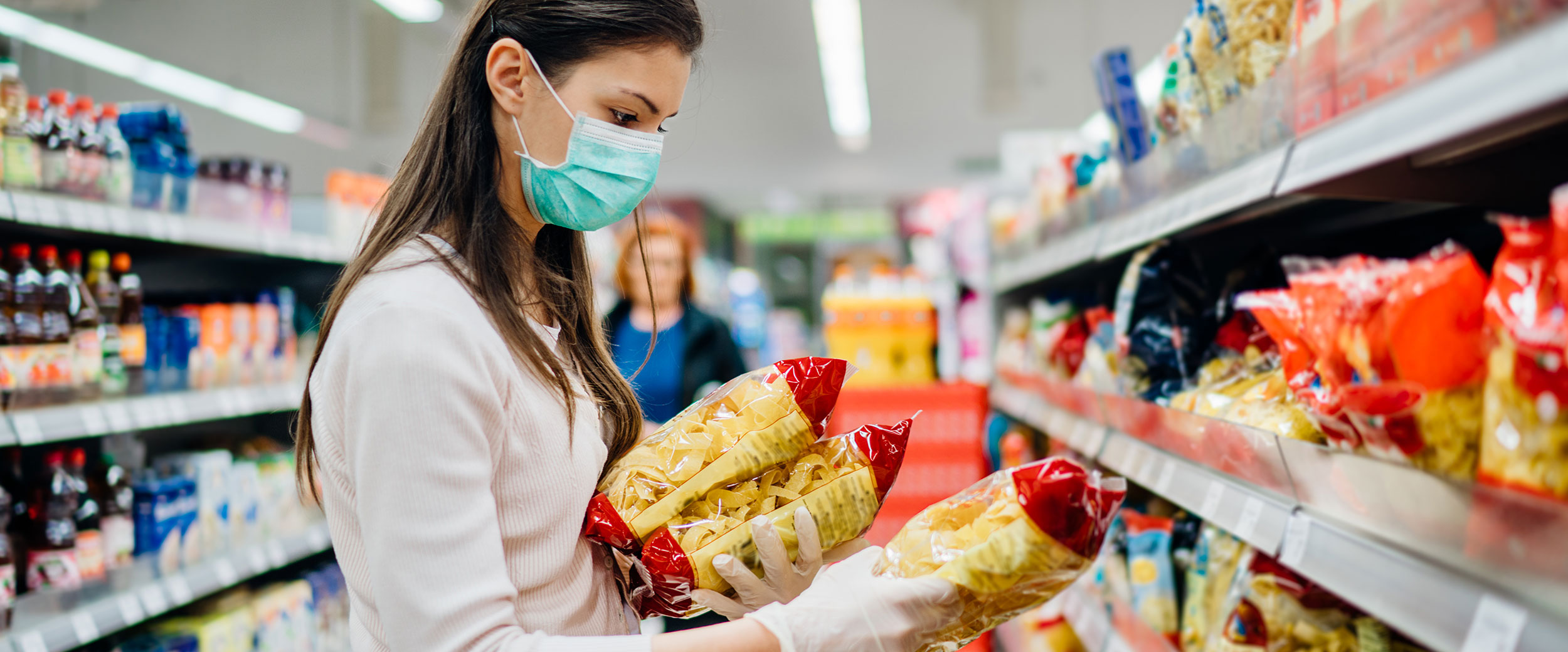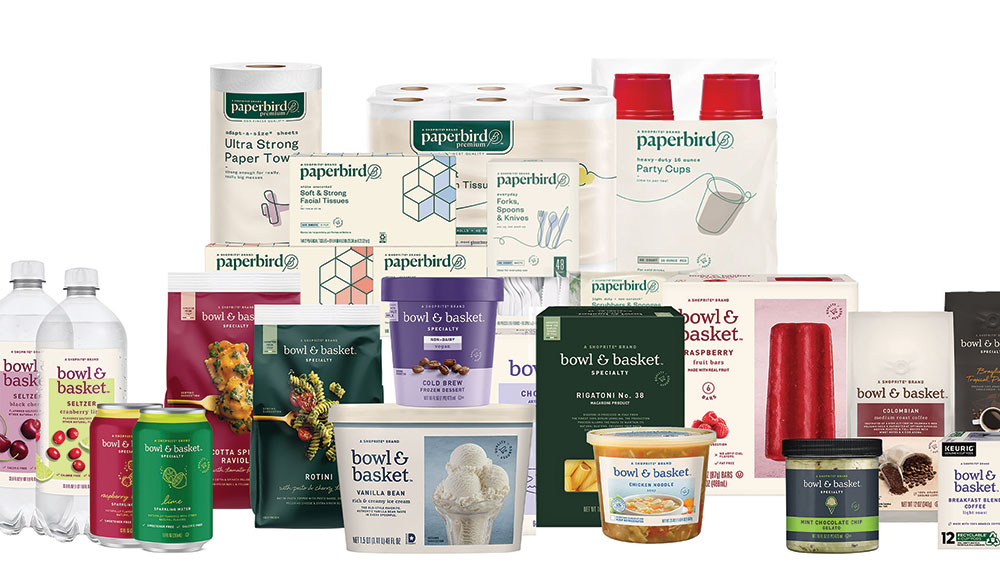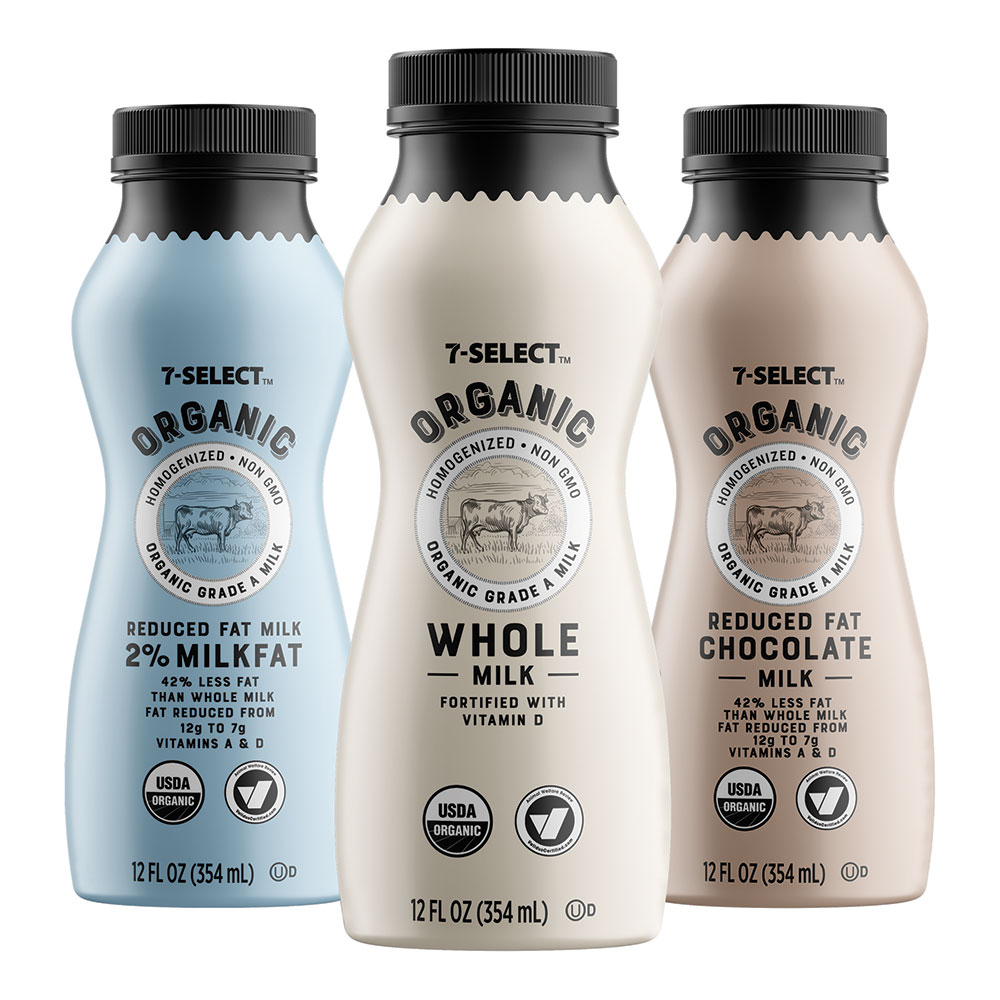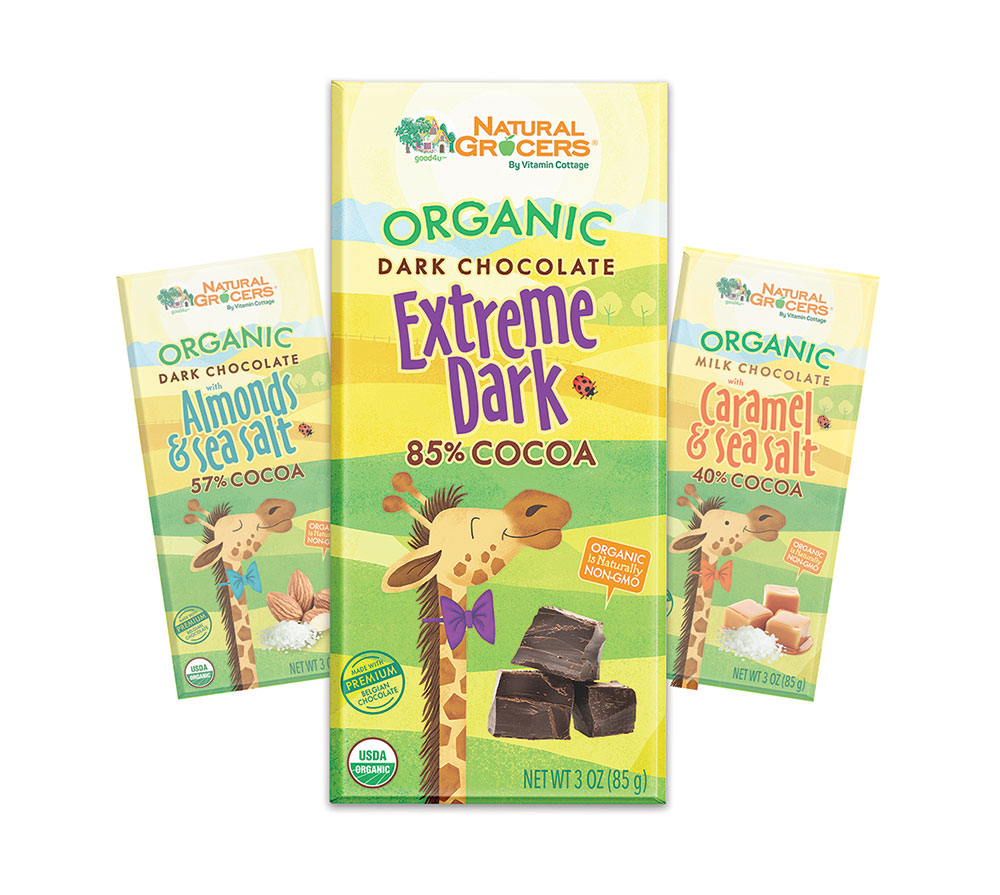
Driving Double-Digit Gains
Strong focus on marketing, design, production, delivery, sustainability—plus the “shopping from home” phenom—fuels growth.
Published
3 years agoon
AS WE ENTER the fourth quarter of 2020, strong marketing and brand focus, imaginative design, innovative technologies and environmental emphasis continue to drive private-label packaging, even in the face of the pandemic.
Store brands saw double-digit growth in the first three months of the year, when consumers began stocking up on products. According to the Private Label Marketing Association (PLMA) and research from the Nielsen Company, private-label sales grew 15% in the first quarter, up $4.9 billion to $38.4 billion.
THE CALL OF GENERATION Z
While innovation is key to successful marketing and product development, even in times of crisis, the question remains how to best reach your target audience. Sara Williamson, marketing professor and consumer researcher at SUNY College in Old Westbury, NY, recently addressed the concept of generational marketing on PLMA Live! with host Tim Simmons.
Professor Williamson summarized five consumer groups, outlining what makes them tick from a marketing point-of-view—the “silent generation” older than 74 years old, “baby boomers” 55 to 73 years old and Generation X (ages 40 to 54), the current largest group of Millennials (ages 24 to 39) and the upcoming Gen Zers who are younger 24 years old. Each group has specific consumer preferences and values derived from their experiences, as well as distinct ways to access information. The key is to understand the right brand messaging and conduit for each group.
Perry Seelert, co-founder and strategic partner at Emerge Strategic Solutions, stresses that “now is the time to engage Gen Zers, even if you’re just getting a handle on Millennial marketing. In the U.S. alone, there are 86 million plus Gen Zers. Their key generational ‘marker’ is never knowing what life was like before the Internet and smart phone; 74% of them report they spend two hours or more a day on YouTube where influencers market brands to them.”
Target and Walmart have already incorporated YouTube into their marketing strategies. Last year, Macy’s changed its entire beauty services merchandising to suit Gen Z shoppers, moving to an open, interactive selling environment, much like the Sephora model.
Advertisement
ShopRite’s entire private-label portfolio was recently redesigned, including its award-winning Bowl & Basket food line and Paperbird household product collection.
STAYING ON MESSAGE
Design for private-label packaging has been trending toward cleaner, fresher, and fun with thought-provoking messaging that tells an engaging brand story. Bright colors, lovable graphics and imaginative storylines for kids’ products are garnering attention and sales. Sophisticated hues, minimalist graphics, creative structures, and windowed or translucent materials are all elements designed to draw in consumers of cosmetics and personal care lines.
According to Maria Dubuc, president of Boston-based Marketing by Design (MBD), the quality of brand packaging design in private label is way up. “We are creating private label brands that rival and often surpass designs for national and international products. Chains such as Target, Publix, BJ’s and Home Depot are investing billions of dollars to develop their own brand styles and messaging.”
Seelert concurs. “Retailers today are creating incredible designs, investing in their own brand positioning and architecture, in addition to employing inhouse media and marketing support.” He cites Costco’s Kirkland label and Trader Joe’s product lines as two of the best retailers creating their own branding. “Retailers are no longer following trends but leading the way in innovation.”
Another influencer of store brand packaging, Wakefern Corp., has re-imagined all aspects of its private-label portfolio for ShopRite, particularly its award-winning Bowl & Basket food line and Paperbird household product collection, introduced last November. Design manager Glenn Pfeifer described “a return to cleaner, minimalist design profiles for both product families, drawing in consumers on busy shopping aisles.”
PRINT PERFECT
No examination of private-label packaging would be complete without a nod to the printing process. The industry has gone beyond the traditional four-color printing process of flat hues. Today, advanced “high-fi” definition printing, like the seven-color Extended Gamut Process, is the norm. Multiple jobs can be printed at the same time in cost-effective, high-definition color.
AdvertisementWhen orange, green and violet (OGV) inks are added to traditional cyan, magenta, yellow and black (CMYK), the result is a significantly “extended” color range and the ability to achieve richer, more vibrant colors.
According to John Rebecchi, PhD, strategy and marketing consultant at Oliver Inc. and longtime strategic marketing executive at Disc Graphics, “this process ensures significant savings, greater flexibility, and an expanded color palette for store brands.”
Another key factor is source reduction. “Everyone wants to reduce the weight and size of the box yet maintain its strength,” says Rebecchi. “This is particularly important where ‘plungers’ push product forward each time a consumer takes a package.”

2020 Vertex Gold Award winner for 7-Eleven’s 7-Select Single Serve Organic Milk Products. The Marketing By Design team designed the artwork in a color palette and illustrations that gave a slightly retro feel.
KEEPIN’ IT GREEN
Sustainability has gone mainstream and is on everyone’s bucket list. “Packaging will play a very big role in reaching sustainability goals,” predicts MBD’s Maria DuBuc.
The printing and packaging industry has long invested in being green. Recycled content, SFI and FSC-certified paper and paperboard, alternative material, water soluble inks and coatings, downsized packaging, supply chain reductions, and the like have been SOP for years.
AdvertisementToday, there’s a big push to resolve the plastics dilemma. The first line of defense is source reduction. Some communities are banning plastic bags, and major retailers are experimenting with greener alternatives. Trader Joe’s removed 6 million pounds of plastic from its private-label packaging last year, and the retailer has a program in place to step up those efforts. Other retailers are following suit with their own strategies.
Eco-friendly plastic alternatives are also in play. Bioplastics made from natural materials, e.g., polylactide acid made from corn starch, which looks and acts like polyethylene, is being used for food cartons; and biodegradable plastics are being engineered to break down more quickly.
The search is on for “out-of-the-box” plastic packaging alternatives, with interest in materials derived from seaweed, corn, mushrooms and agricultural waste. Even edible packaging may one day be on the menu.
THE MESSAGE AND THE MEDIUM
We’ve all benefitted from advances in e-Commerce, RFIDs and tracking devices in business and everyday life. As consumers, we can easily check on expected deliveries via the Net. And who doesn’t have at least one APP on their smart phone to read a book, interact with a game, or shop and order groceries?
Various NFCs (near field communicators) on our smartphones enable us to do our banking, pay bills and order services. You don’t even need a laptop or tablet to research a topic. It’s all there in the palm of your hand.
A majority of Millennials and Gen Zers are already taking this technology to the next level—spending upwards of five hours a day on their smartphones. While Millennials still prefer the more visual Instagram and Facebook, Gen Zers are engaging with influencers on Snapchat, TikTok and whatever the next best, cool tech is incubating. Marketers who are savvy about geo-fencing strategies are already reaching and engaging them on their preferred platforms. According to Perry Seelert, “Whole Foods and others have successfully attracted shoppers by sending out special promotions at nearby store locations.”

Candy wrappers that are part of MBD’s Private Label design of Natural Grocers’ Organic Food line, featuring playful animal characters and welcoming supportive typography
IT’S A WRAP
It’s been a game changing year on many levels. Leading players in the private-label market are fully engaged in elevating their brands and meeting every challenge. We can expect to see more targeted engagement (virtually and otherwise) with shoppers in every age group. As more retailers convert to “greener” packaging, the commitment to moving the needle forward in innovation, technology, sustainability, health, and service will ensure a vibrant future for store brands.

SPONSORED VIDEO
Branding with Ferocity – Thinking Like an Indie Brand
Get a better understanding on how to leverage new technologies to engage and delight shoppers, sustainability’s role in product and package design – being sustainable and premium are not mutually exclusive, plus best practices and tips for collaboration and how to launch new products and refresh existing product line-ups and brands.
You may like
Advertisement
Subscribe

BULLETINS
Get the most important news and business
ideas from BXP Magazine's news bulletin.
Advertisement







